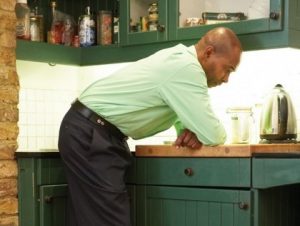On 17 may it was World Hypertension Day. The Heart Foundation is encouraging people to ‘know your numbers’.
“Blood pressure does naturally vary, but a reading under 120/80 is considered optimal. Readings over 120/80 mmHg and up to 139/89 mmHg are in the normal to high normal range. The reading measures the pressure in your arteries when your heart pumps (120) and when it relaxes between each beat (80).”
These are numbers to consider seriously!
Go to : www.heartfoundation.org.au/y…/know-your-risks/blood-pressure?
Simple things such as regular exercise, moderation in diet, watching your cholesterol and salt, good sleep, and quit smoking are great places to start.













